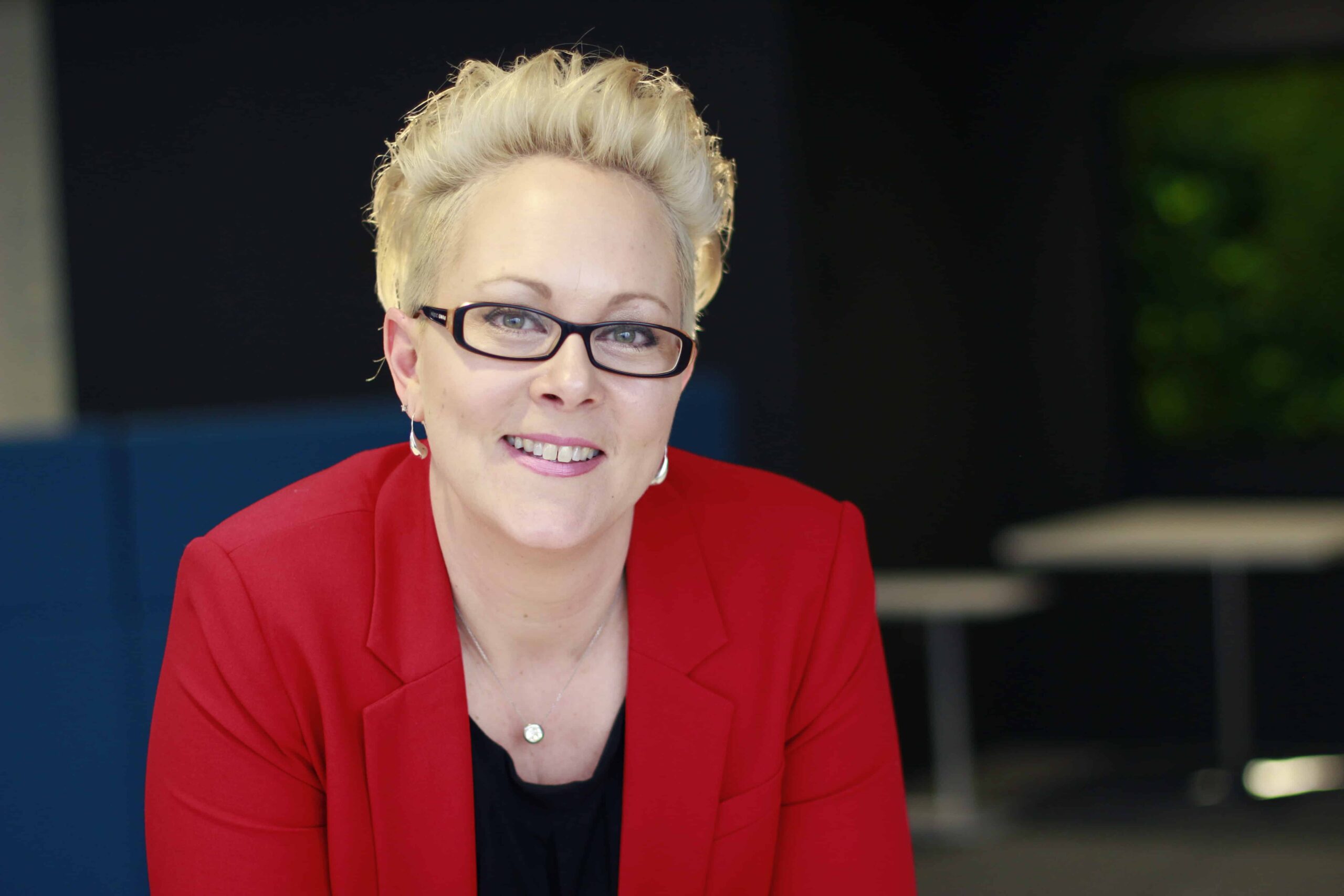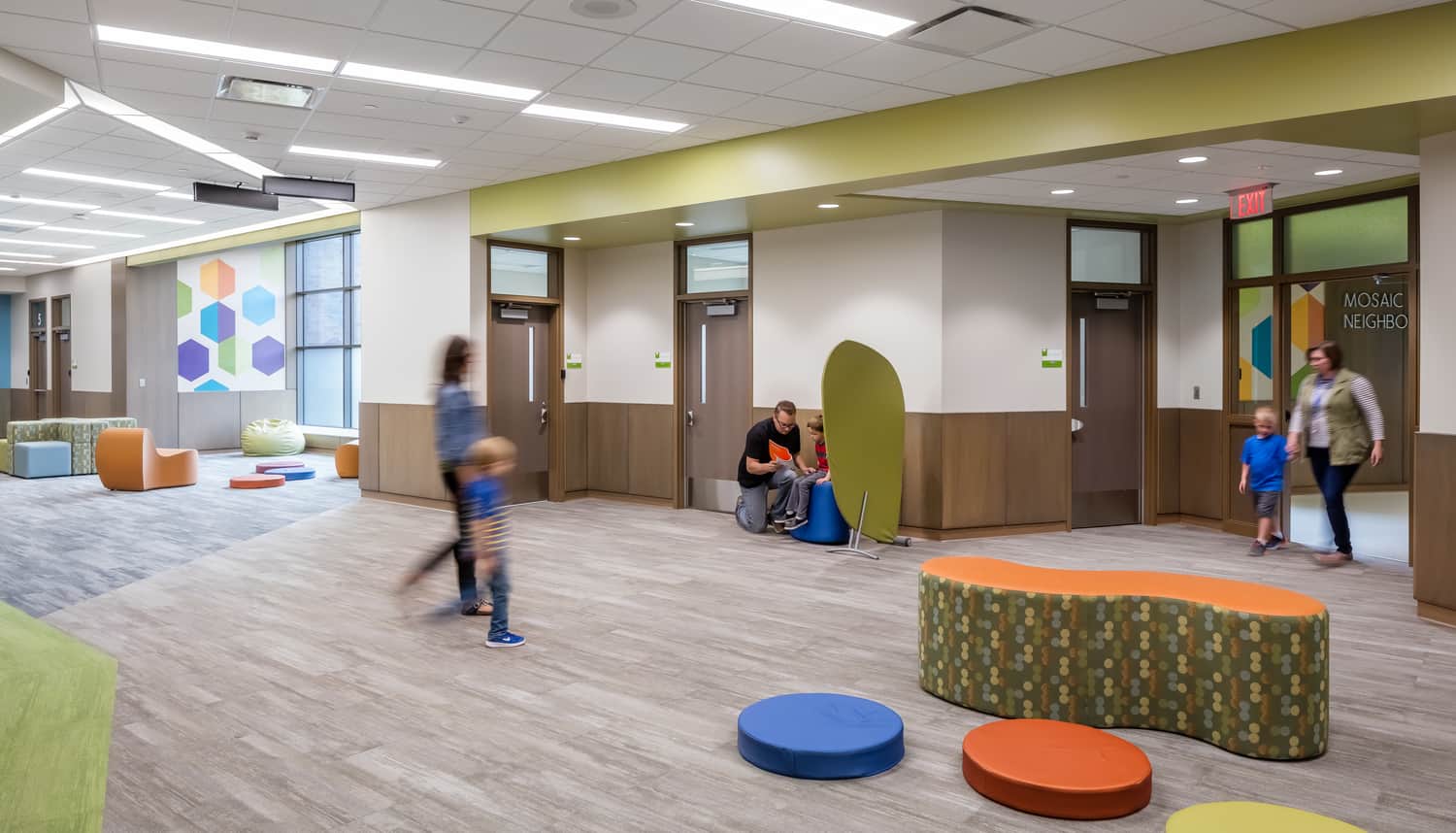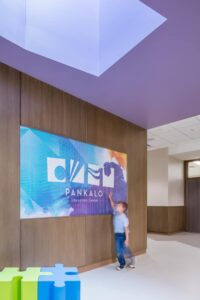In a first for the 97-year-old firm, BWBR recently welcomed Coral Digatono to the firm as its new business development manager. A trained interior designer, Digatono brings more than a decade-and-a-half of business development experience spanning the region and nation.
“In the past several years, BWBR has grown significantly,” said Peter G. Smith, FAIA, president and CEO of BWBR. “As a smaller firm, there was a managed balance between developing our business and doing the work. With our growth, we realize we have to be more strategic with our resources, both externally and internally, and this hire is a component of that strategy.”
Digatono’s experience spans the spectrum of the design profession, from architectural and interior design agencies to product manufacturers, giving her keen insight into the professional services and knowledge firms such as BWBR can bring to organizations looking for design solutions to their business objectives. Starting her career in Las Vegas, she’s spent the past eight years working the Upper Midwest market.
“From the outside, BWBR’s reputation for service and quality was enviable. Joining the firm in the midst of its evolution presents an exciting challenge to leverage that reputation and grow its presence on a larger scale,” Digatono said.
Since 2012, staffing at BWBR has grown by more than 50 percent as the design firm saw record revenues in the past few years. Additionally, the firm expanded is footprint in the Upper Midwest and Plains region, opening new offices in Madison, Wis., and Omaha, Neb., in the past six years.
Digatono joins the firm on the heels of other notable hires in the past year that have included the firm’s first operational services planner, a nationally recognized healthcare architect, and, recently, an architect with expertise in historic preservation.
“We’re obsessed about our clients’ performance and are continually adapting to help them perform better. As client needs have become more complex and multifaceted, these hires position us to serve those needs and connect what we offer to clients wanting innovative design thinking, be it in health care, education, high-tech manufacturing, corporate offices, or other service delivery,” Smith said.




